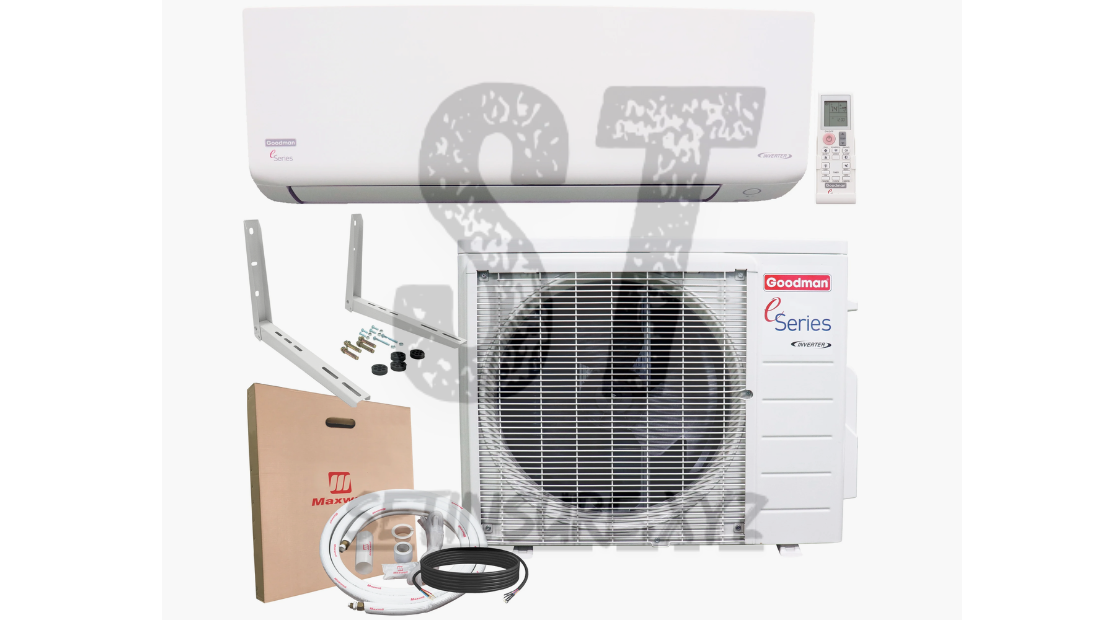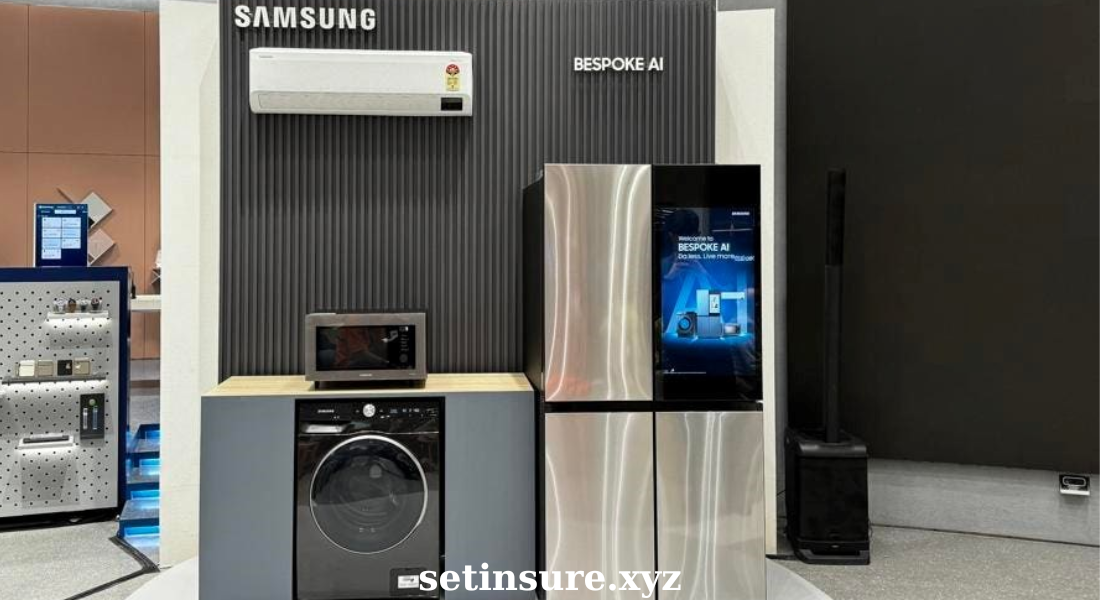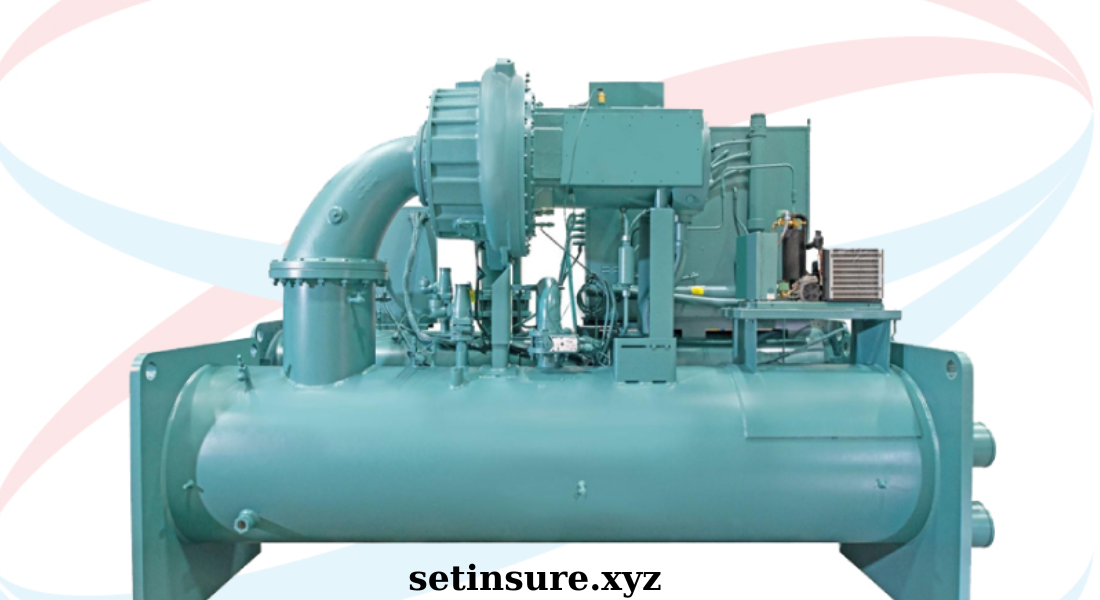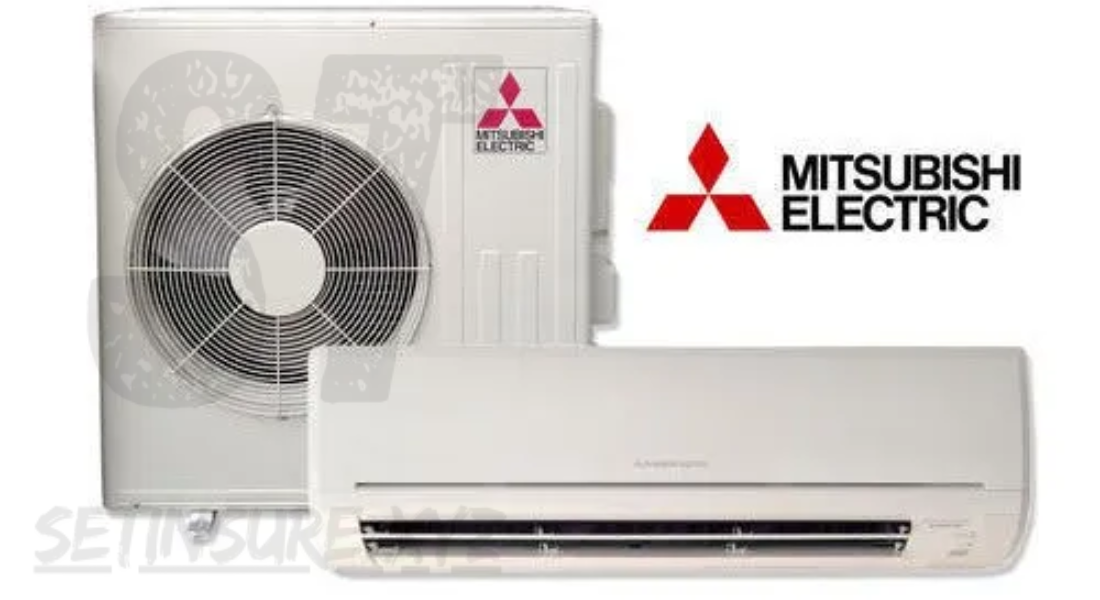When considering a new HVAC (heating, ventilation, and air conditioning) system, energy ratings are essential. Goodman, a trusted name in HVAC solutions, offers various options that prioritize both efficiency and comfort. Choosing a Goodman HVAC system with the appropriate energy rating can improve your home’s comfort while lowering energy bills. In this article, we’ll dive into Goodman energy ratings, explore how they impact HVAC efficiency, and guide you on selecting the right system for your home.
Understanding HVAC Energy Ratings and Their Importance
Energy ratings measure an HVAC system’s efficiency and overall performance, helping you make an informed decision. These ratings tell you how much energy the system uses to maintain desired temperatures, significantly impacting your utility costs and carbon footprint.
The two primary energy rating metrics for HVAC systems are SEER (Seasonal Energy Efficiency Ratio) and HSPF (Heating Seasonal Performance Factor). Let’s look at each in more detail:
- SEER (Seasonal Energy Efficiency Ratio): SEER measures cooling efficiency, primarily for air conditioners and heat pumps. A higher SEER rating indicates greater efficiency, meaning the system uses less electricity to cool your home. The SEER rating for HVAC systems generally ranges from 13 to 26, with systems over 20 SEER considered highly efficient.
- HSPF (Heating Seasonal Performance Factor): HSPF measures the heating efficiency of heat pumps. Higher HSPF ratings imply the system delivers more heat output per energy unit. HSPF ratings typically range from 7.7 to 13, with ratings over 10 considered highly efficient.
Benefits of Choosing High-Efficiency Goodman HVAC Systems
Investing in a Goodman HVAC system with high SEER and HSPF ratings offers many advantages. Here’s a breakdown of the benefits that come with choosing energy-efficient Goodman models:
- Reduced Energy Bills: A high SEER and HSPF rating means your HVAC system consumes less energy, directly lowering monthly utility costs. Although high-efficiency systems often have a higher upfront cost, the savings over time make them worth the investment.
- Enhanced Comfort: High-efficiency HVAC systems better regulate indoor temperatures and maintain consistent comfort levels. Goodman’s systems with higher SEER ratings also have improved humidity control, making them ideal for homes in humid climates.
- Environmental Impact: Lower energy consumption translates to a smaller carbon footprint. By opting for a high-efficiency HVAC system, you contribute to reduced greenhouse gas emissions, supporting environmental conservation efforts.
- Quieter Operation: Energy-efficient systems typically operate more quietly, as they have advanced compressors and fan designs. Goodman’s high-SEER models offer reduced noise levels, providing a more peaceful home environment.
- Potential Tax Credits and Rebates: Many energy-efficient HVAC systems are eligible for tax credits or rebates. When purchasing a Goodman system, check for available local or federal incentives, which can reduce the initial cost.
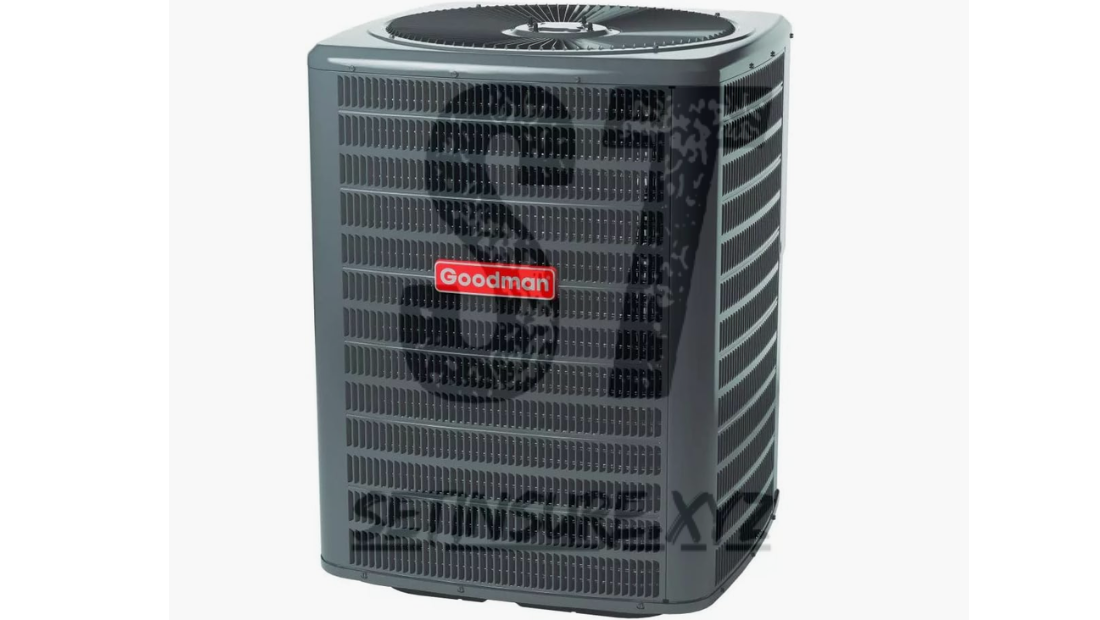
Goodman HVAC Systems and Their Energy Ratings
Goodman provides a range of HVAC models with varied SEER and HSPF ratings, catering to different budgets and efficiency needs. Here are some of Goodman’s popular high-efficiency models:
- Goodman GSXC18 (18 SEER): Known for its powerful cooling and efficiency, this model is ideal for homeowners seeking comfort and savings. With an 18 SEER rating, it’s a balance between high efficiency and affordability.
- Goodman GSXC16 (16 SEER): This model provides a reliable option for homeowners in moderate climates. With a 16 SEER rating, it is efficient enough to offer savings without a significant initial investment.
- Goodman GSZC18 (18 SEER / 9.5 HSPF): Ideal for homes in regions with hot summers and mild winters, this model offers both high SEER and HSPF ratings. It’s especially popular for its heating and cooling efficiency.
- Goodman GVXC20 (20 SEER / 10 HSPF): This top-tier model boasts impressive efficiency, making it perfect for energy-conscious homeowners. With a SEER rating of 20 and an HSPF rating of 10, it ensures both comfort and energy savings throughout the year.
How to Choose the Right Goodman HVAC System for Your Home
Selecting the right Goodman HVAC system depends on several factors, including your climate, budget, and desired energy savings. Here’s a guide to help you choose the ideal system:
- Assess Your Climate Needs:
- For hot climates, prioritize a system with a high SEER rating for maximum cooling efficiency.
- In colder regions, consider a system with a high HSPF rating to ensure heating efficiency.
- Consider Your Budget and Long-Term Savings:
- While high-SEER systems cost more upfront, they provide greater long-term savings. Calculate potential savings over 5-10 years to see if a high-SEER model aligns with your financial goals.
- Home Size and Insulation:
- Larger homes or poorly insulated spaces require systems with higher ratings to maintain efficiency. Evaluate your home’s insulation and overall energy demands to choose the correct model.
- Think About Noise Levels:
- If noise is a concern, look for Goodman’s high-efficiency models with quiet operation features, especially if the HVAC unit will be placed near living areas.
- Consult an HVAC Professional:
- HVAC professionals can perform an energy audit to determine the ideal system size and rating for your home. They’ll consider factors like your region’s climate, home insulation, and square footage to recommend the best Goodman system.
Goodman Energy Ratings vs. Competitors
Goodman HVAC systems are competitively priced and known for reliability and performance. When comparing Goodman to other brands, here are a few standout factors:
- Value for Money: Goodman is often considered an affordable option without compromising efficiency and durability. It’s a cost-effective choice for homeowners who want a reliable, high-performing HVAC system.
- Warranty Coverage: Goodman offers comprehensive warranties on their products, providing extra security for buyers. The company is known for its straightforward and customer-friendly warranty terms.
- Compatibility with Smart Thermostats: Goodman systems can pair with smart thermostats, enabling greater control over energy usage. Features like programmable temperature settings allow homeowners to manage heating and cooling for optimal efficiency.
Tips to Maximize HVAC Efficiency and Savings
Once you’ve chosen the right Goodman HVAC system, here are some tips to get the most out of your investment:
- Regular Maintenance: Schedule annual check-ups to ensure the system is running efficiently. Clean air filters, inspect ducts, and monitor refrigerant levels for optimal performance.
- Upgrade Insulation and Seal Leaks: Improved insulation and sealing air leaks can make a significant difference in maintaining desired temperatures, enhancing HVAC efficiency.
- Use a Smart Thermostat: Smart thermostats adjust temperatures based on your preferences, helping you save energy by reducing unnecessary heating or cooling.
- Consider Zoning for Larger Homes: For multi-story homes, consider zoning. This allows you to control temperatures in different areas independently, reducing overall energy usage.
- Optimize Temperature Settings: Setting the thermostat a few degrees higher in the summer and lower in the winter can reduce energy consumption without compromising comfort.
Conclusion
Goodman energy ratings are key indicators of HVAC efficiency, helping you select a system that suits your comfort and savings needs. By understanding SEER and HSPF ratings and choosing a Goodman system that aligns with your home’s requirements, you’ll enjoy enhanced comfort, lower energy bills, and a positive environmental impact. Make an informed choice and take advantage of Goodman’s efficiency-focused HVAC solutions for a comfortable, cost-effective home environment.
This guide helps simplify Goodman energy ratings so you can make a confident choice in finding the best HVAC system to support energy savings and year-round comfort.
